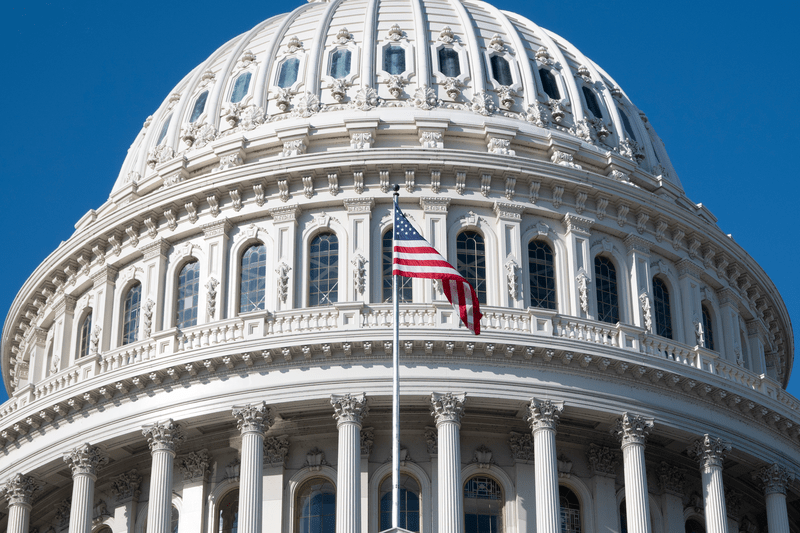On May 16, a letter was signed by over 50 participants and groups from the digital asset industry. They sent it to the Speaker and Minority Leader of the US House of Representatives, urging them to back Bill HR 4763, the Financial Innovation and Technology for the 21st Century Act or FIT 21. The Bill is expected to be debated and voted on this week.
The letter appeals to both major parties in the House to acknowledge that FIT 21 “establishes a comprehensive regulatory framework to protect consumers while addressing the unique structure of the US digital assets market,” and that the US “falls behind other major jurisdictions” in creating regulations for digital assets.
Part of the challenge for law-makers in the US is the bifurcated nature of regulation in the US. Nominally, the SEC regulates and oversees the equities markets and the Commodities and Futures Trading Commission (CFTC) regulates and oversees derivatives (including futures, swaps and certain options).
Neither the SEC or CFTC have claimed jurisdiction over the digital assets market, which has led to a number of concerns for US market participants. Not the least of these is the attempt by the SEC’s Chair, Gary Gensler, to seek to classify most (if not all) digital assets as “securities” in order to bring them squarely within the SEC’s purview.
Spot bitcoin ETF
This strategy has not been entirely successful – as has been demonstrated by the court-ordered acceptance for launch of spot BTC exchange-traded products – but it has blown a cold wind over the US markets and their participants.
Among other things, FIT 21 should make each of the CFTC’s and SEC’s jurisdictions clearer.
As an English lawyer, it is not within my purview to comment on US laws or their effectiveness so far as they relate to domestic matters. All I will say is:
- It is good to have clear boundaries between the SEC’s and CFTC’s jurisdictions.
- Draft sections 108 and 109 are about international cooperation and harmonization – it is good to consult, coordinate and share information (but the deadline for making the rules and regulations in section 109 (360 days) is not very long if they want to reach or try international “harmonization”).
- Some exemptions from the rules based on transaction size and other signs of a transaction being between “parties who can handle the risk” are fair in principle.
- Some requirements in FIT 21 are similar to those in the EU’s MiCA.
Regarding the final point, my view of FIT 21 is that it is more similar to MiCA in approach – digital assets (and their derivatives) are a distinct category of financial instrument, with separate treatment – than to the UK’s regulatory approach (which I favor more).
Sam Tyfield is co-head of Blockchain & Digital Assets at Shoosmiths. Sam’s background is in Corporate/M&A and he has been Chief Operating Officer and General Counsel of a high-frequency trading firm.


















